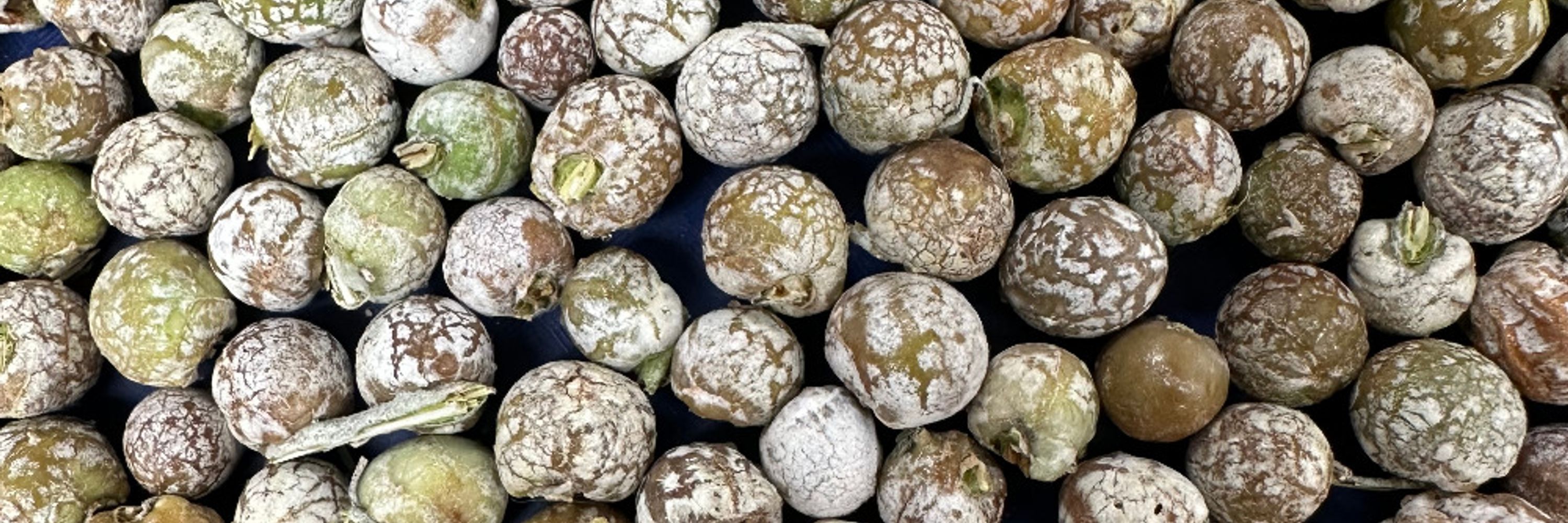


Great resource to connect early career folks with more senior scientists looking to hire postdocs! 🧪
Great resource to connect early career folks with more senior scientists looking to hire postdocs! 🧪
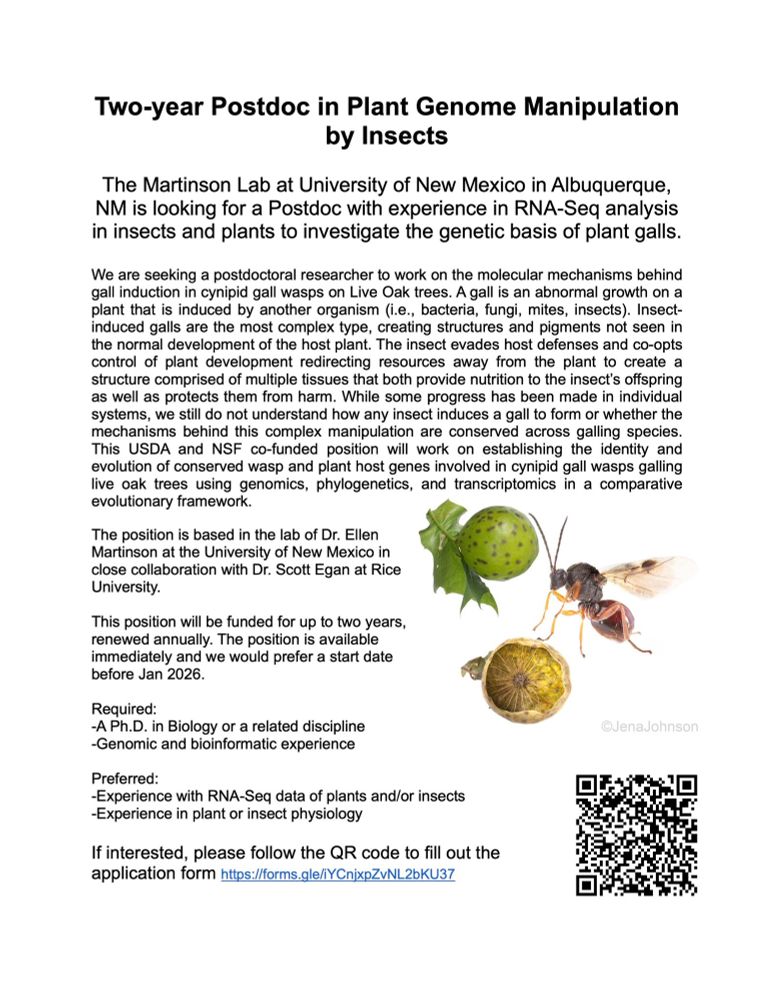
The Rocky Mountain Irises are blooming in Northern New Mexico!

The Rocky Mountain Irises are blooming in Northern New Mexico!
We are starting to collect information on NSF grant terminations to create a shared resource as we have for NIH. The more information we collect, the more we can organize, advocate, and fight back! Please share widely!
airtable.com/appGKlSVeXni...
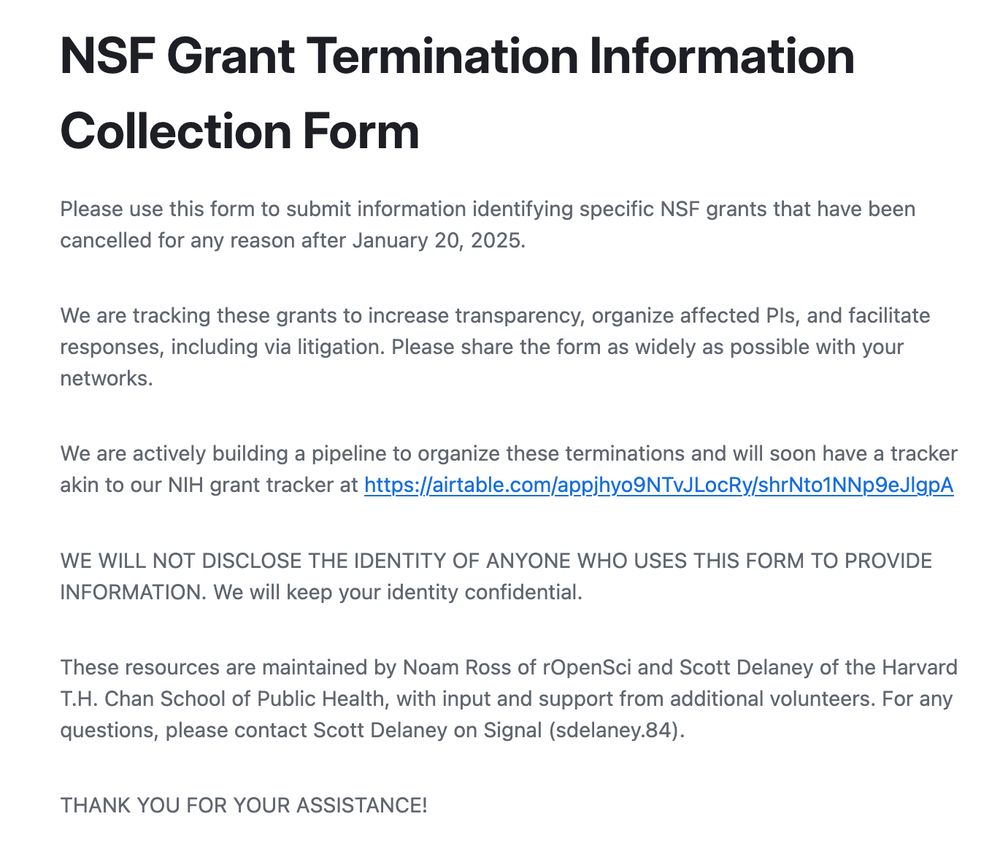
We are starting to collect information on NSF grant terminations to create a shared resource as we have for NIH. The more information we collect, the more we can organize, advocate, and fight back! Please share widely!
airtable.com/appGKlSVeXni...
democrats-science.house.gov/sciencefirings
democrats-science.house.gov/sciencefirings


#birdsinart #botanicalart #naturalhistoryart #SciArt #natureart #conservation #oneearth

#birdsinart #botanicalart #naturalhistoryart #SciArt #natureart #conservation #oneearth
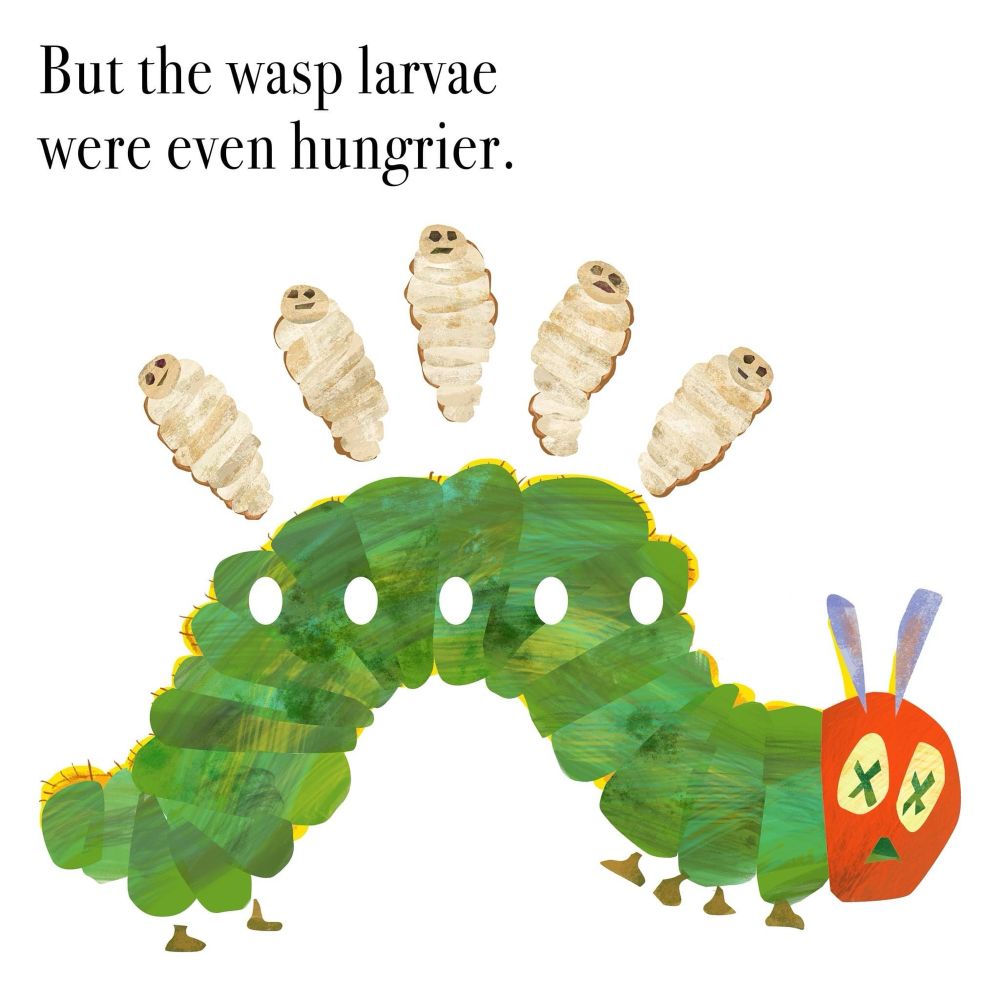
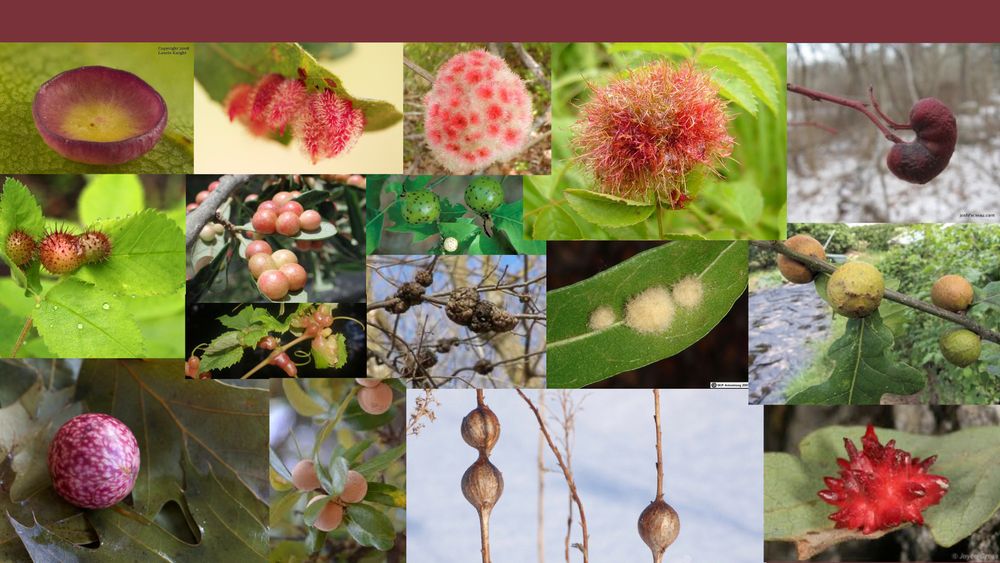



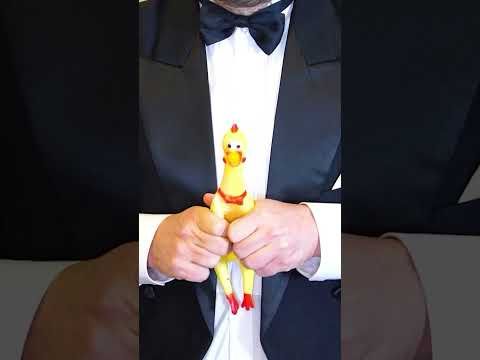
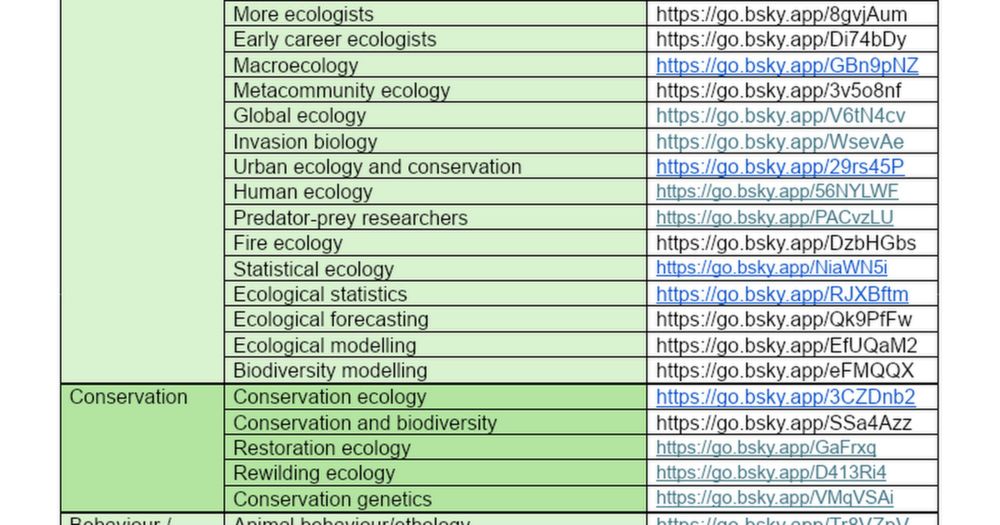

www.hymenopterists.org/hymathon-202...




www.hymenopterists.org/hymathon-202...
I always get asked for advice about starting/surviving the tenure track. Here are the rules I've found useful. Thought I'd put it out there for the masses...
This list gets longer all the time
I always get asked for advice about starting/surviving the tenure track. Here are the rules I've found useful. Thought I'd put it out there for the masses...
This list gets longer all the time




doi.org/10.1093/evol...

doi.org/10.1093/evol...

